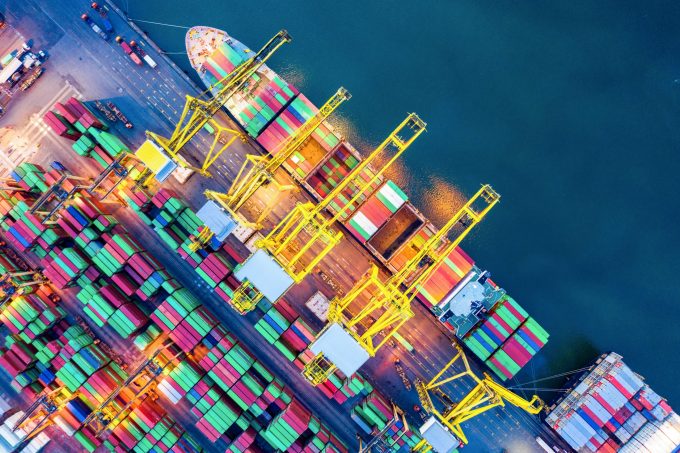Cancelled voyages take the sting out of spot rate declines this week
Container freight spot rates maintained their downward trajectory this week, as tariff uncertainty continued to ...

China’s May Day holiday, lasting five days from Saturday, will delay liner operators’ planned rate increases, and cargo volumes ex-Asia have dipped below expectations, further hampering contract negotiations with transpacific shippers.
Shipping line hopes were raised on 14 April, when the Shanghai Containerised Freight Index showed Asia-US west coast rates had hit a five-month high of $1,668 per feu, capping four consecutive weeks of increases.
The Asia-US east coast rate had also risen, by nearly 20% from 7 April, to $2,565/feu, however, ...
Maersk Air Cargo sees volumes fall as it aims for 'margin in favour of revenue'
Keep our news independent, by supporting The Loadstar
Container spot rates diverge: to Europe still falling, but firmer to the US
Hapag-Lloyd won't take bookings if port congestion leaves cargo stranded
Ecommerce likely the front-runner in resurge of transpacific trade after deal
Airfreight players eye new routes as demand on the transpacific nosedives
China-US trade tariff pause could drive a rebound for transpacific rates
Service chaos from trade ban with India a problem for Pakistan shippers
Airfreight rates ex-China 'loss-making', but hopes of a trade deal stay high
Volume surge and an early peak season? 'Don't celebrate too soon,' warning
Indian coastal freight attracts major carriers, but regional tension disrupts
Serious threat to jobs in US logistics as tariffs cause economic 'stagflation'
APMM floats along on 'solid' Q1 profitability in Ocean, well prepared for choppy water
White House u-turns see freighters flying but keep logistics players on their toes
Carriers impose 'emergency operation' surcharges on Pakistan cargo
MSC in terminal switch as Nhava Sheva gets strong start to new fiscal year


Comment on this article